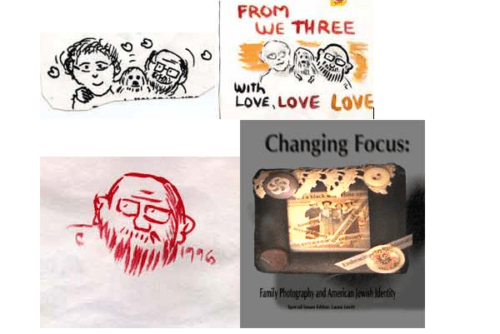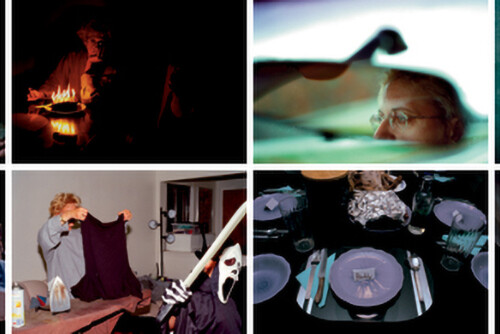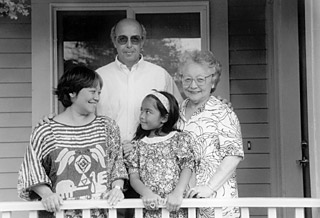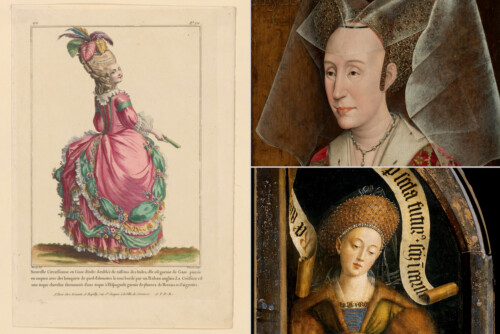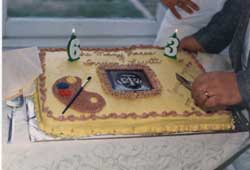
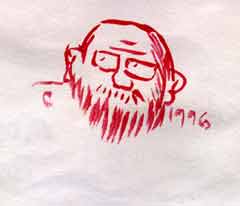
My father’s face is at the center of his art work. The vast majority of his paintings and drawings are of men who look just like him. These faces are extensions of my father – silent figures who signify my father’s presence in a space. For many years family and friends simply referred to these works as “Irvings.” We all wanted “Irvs”, pieces of him to carry with us and display wherever we were living.1 But mostly these “Irvs” were Irv’s: these reiterations of self, physical assertions of self are his way of claiming his place in the world.
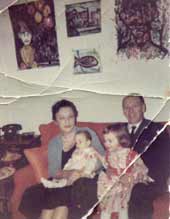
More than the photographs, these are the family pictures that colored and shaped my growing up from a very early age. Hundreds of these faces, virtually all self-portraits of my father, are repeated over and over again.2 They are not only on display on the walls of this house, they are also up on the walls in my parents’ beach house, in my home and in my friends’ homes. In fact, I have never lived anywhere without at least a few of these images on my walls. I cannot call a place home without a few of these faces on display.

When I left for college in the late 1970’s, I took them with me. I hung them in my dorm rooms and carried them with me to the various places I was to live after college. In every apartment I have ever lived in and in the house where I now live, I continue to share space with these familiar faces. They are in my study not far from where I sit and write at my own computer. They are some of the first images I see when I return home everyday. These faces also don the walls of my small office at Temple.
For me, these are comforting images, comforting in their excess, in their ongoing production. They are my father’s presence, and, in their excess, they also express his longing for a place, a home that is his, mirroring to him acceptance, love and even admiration. And in my family this ritual is constantly re-enacted with each new painting, framing, hanging, although it should also be noted that not all of his pictures are framed before they go up on the wall.
- My father’s paintings were always a symbol of the intimacy and affection of the greater Levitt family including the generations of students who came to my parents’ home to study “Great Books.” These students carried precious “Irvs” with them to college. My father’s work has been exhibited at numerous colleges and universities over the years, mostly in the dorm rooms of these and other students. [↩]
- Although my father has at various times painted or drawn other kinds of images – landscapes, a few still-lives – the vast majority of his works are male faces, some full-body images, but mostly faces. There are very few female images since these are so much self-portraits. [↩]
